Creating Soundproof Cubicles
If you’ve ever spent your workdays with a loud coworker in the next cubicle, you know how important soundproofing your own work space can be. On the other hand, if you’re the type who likes to listen to your radio at a reasonable volume in your own office cubicle, reducing the amount of sound that travels to the ears of those around you will go a long way toward generating goodwill among your peers. Both are solvable with a soundproof cubicle.
That may sound like a big undertaking, but a soundproof cubicle is more attainable than you may think. By utilizing some basic acoustical treatments, you can tackle the common audio issues that plague office spaces. Acoustically treating spaces can also keep your employees happier and healthier by reducing stress associated with excess noise and distraction. If that sounds like something you can get behind, let’s look at how to make it a reality.
Soundproofing Basics
Learning how to soundproof your cubicle is like learning how to soundproof any space. The main things you will be dealing with are direct sound waves, as well as the reflections that cause echo and reverberation. These are the main culprits when it comes to unwanted noise. Understanding what they are and how to combat them is the key to creating a soundproof cubicle.
Direct Sound Waves
This may be self-explanatory, but we’ll cover it briefly. Direct sound waves are sound waves that come directly from the source, such as people chatting, walking around the office, or clicking pens. It also includes ambient room sounds such as those emanating from HVAC systems, pipes, or sounds entering the room from outside. They are distracting and need to be addressed.
Echo
Echo is caused when sound waves are allowed to reflect directly back to the source, unimpeded by other objects or surfaces. It’s a cool concept when you’re a kid, but not so much when you’re trying to meet a deadline. We reduce echo by treating large, reflective surfaces with sound absorbers and diffusers.
Reverberation
Reverberation is another audio phenomenon caused by reflected sound waves. When sound waves are allowed to bounce around a room without being absorbed by anything, they accumulate in the room and become amplified. When we add more sound waves on top of them, we end up with a loud space that causes problems when it comes to communicating and concentrating. We need to absorb sound waves to tackle reverberation.
How do Acoustical Materials Help Combat Audio Issues?
The two main tools at our disposal when creating soundproof office cubicles are sound absorbing materials and sound diffusing materials. They work together to tackle the most common audio issues and are integral parts of any soundproofing plan.
Absorbers
The best sound absorbers are dense, porous materials that allow sound waves to enter but trap them to prevent reflections. This category includes all kinds of materials, but your results are only going to be as good as the material your absorbers are made of. Go with the good ones.
Diffusers
Diffusers can be created in lots of ways, but the main attribute of a good sound diffuser is that it scatters sound waves. It accomplishes this by creating numerous surfaces at different depths and may include straight or convex surfaces. There are lots of different designs available, and you can even make a simple sound diffuser yourself.
Now that you understand the basics of what kind of audio issues we’re dealing with, it’s time to translate that knowledge into action. Here’s how to soundproof a cubicle.
Creating a Soundproof Cubicle
There are a number of great ways to reduce sound transmission between workspaces. Some are simple DIY solutions, and others utilize professional products that deliver higher performance. Finding the right combination for your space will take some planning, or if you’re really after high end results, a consultation with a professional. Before you get to planning, let’s take a look at some of the most effective methods of cubicle soundproofing.
Ask That Employees Keep the Volume Down
The simplest way to create a quieter workplace is to ask employees to keep it down. It may seem obvious, but reducing the amount of volume in the space is the easiest way to reduce it further. Setting quiet hours can go a long way.
Use Better Partitions
Since cubicles don’t have floor-to-ceiling walls to block sound, the partition is your main line of defense when it comes to creating quiet work spaces. The partitions in many offices are fairly low and don’t have many sound dampening properties, but you can combat that by upgrading to higher, soundproof cubicle partitions.
Utilizing better partitions that absorb or damp sounds will go a long way towards creating a more soundproof cubicle. If you can increase the height while you’re at it, you’ll do even more for sound control in your space by blocking more of the direct lines of sound transmission.
If installing new, soundproof cubicle dividers is out of the question, you can treat your current partitions with acoustical materials to enormous effect. Hanging fabric wrapped acoustical panels over your partitions give them the sound absorption properties they lack, and you can even use them to decorate the space.
Utilize Soundproof Curtains
Another option, when it comes to shoring up your partitions, is soundproof cubicle curtains. These heavyweight curtains are designed to absorb the sound waves that would otherwise disrupt your day. They can be installed nearly anywhere and provide privacy on multiple levels. In addition to their ability to soundproof cubicle walls, acoustical curtains also block out a tremendous amount of light, meaning you can use them to block sight lines as well as sound waves.
If you’ve got large windows, there’s another surface that can create sound issues in the office. They are another spot where soundproof curtains can work their magic at reducing echo and reverb. They also block outside noises from making their way into the office, so consider upgrading your window treatments if you’re experiencing a lot of noise or blinding light.
Treat the Ceilings
Once you’ve created sound barriers around the sides of your work space, the primary remaining spot for sound waves to enter is from above. If you’ve got a fairly reflective ceiling, any noise coming from adjacent cubicles has the potential to reflect off the ceiling and down into your space.
If you’ve got a pretty flat ceiling, you can use the same type of acoustical panels used on walls to absorb sound waves and prevent reflections. If you’ve got a more textured ceiling or have exposed pipes, wires, or HVAC components, you can suspend ceiling tiles to create dramatic ceiling clouds that add as much visually as they take away sonically. Ceiling clouds also block noise from overhead pipes and HVAC ductwork, so installing them will decrease the baseline noise level in the space.
Reduce Impact Sounds
A large contributor to unwanted sounds in the office is the impact sounds created when people walk, move their chairs or other furniture, or drop items on the floor. Many office floors are hard and reflective, and every impact creates sound waves that can distract us from our work. Installing wall-to-wall carpeting or area rugs is a great way to reduce those sounds and keep cubicles quiet.
In modern office cubicles, keyboards create another source of impact noise. Switching from mechanical keyboards to membrane keyboards can greatly reduce the amount of noise created by coworkers typing around you.
Mechanical keyboards activate a physical switch using a spring-loaded mechanism, which creates a lot of noise. Membrane keyboards, on the other hand, use small rubber domes that create an electrical connection when depressed. The result is a softer feel and a much quieter keyboard.
Fill Your Cubicle with Sound Absorbing Materials
The more sound absorbing and diffusing materials you add to your office cubicle design, the less likely noise will be a problem for you. When we decorate office cubicles with these types of materials, they redirect and absorb those hard reflections, making it a much more comfortable space for concentrating on our work.
Things like books, plants, and canvas paintings can help a bit. But, if you really want to up your sound absorption game, printing pictures on fabric wrapped panels and hanging them on your office cubicle walls is a great solution that makes the space feel your own.
Listen to Your Music Through Noise Canceling Headphones
If you like to listen to tunes or talk while you work, try using noise canceling headphones instead of the radio on your desk or computer. Not only will a solid set of headphones make your music sound better, but they will keep it from disturbing your neighbors. Turning on the noise cancellation feature will also protect your productivity from taking a hit due to outside distractions.
Mask Unwanted Noise with White Noise
In most cases, we don’t want to completely eliminate sound waves, as this creates a dead sounding space that can be just as disruptive as a noisy one. A great way to leave some sound in the space without it creating distractions is to hide it underneath white noise.
There are a number of products that fill the room with low level white noise, and they are a great way to hide problem noise under something more soothing.
Rethink Your Floor Plan
If you’ve got a good deal of employees who have shifted to remote work over the past few years, it may be time to refresh your office layout. Since we don’t need a soundproof cubicle for home office employees, we can give each person who works in the office a little more space. Spreading your cubicles out a bit will create enough space to cause the volume of the offending noise to go down, giving you a better chance at creating that ideal working atmosphere you’re after.
Install a Portable Soundproof Cubicle
If your work relies heavily upon complete soundproofing, you may want to create a quiet room or install a couple of portable soundproof cubicles for offices. They will completely block out any outside noise and are ideal for things like audio mixing or for conducting meetings where privacy is a big concern.
Since most employees won’t require them, you can get by with just one or two, making it far more affordable than an office-wide solution. For the rest of the floor, acoustical treatments in the right places will go a long way.
Use Professional Products
There are a lot of pretty good DIY soundproof cubicle solutions on the market, but you’ll get the best results by using professional products. They both absorb sound better, and they look a whole lot better to boot. You can install most of these products yourself, so the cost of going pro may be lower than you think.
It’s unlikely you’ll create completely soundproof cubicles for offices, but taking the steps we’ve just looked at will keep a great deal of sound at bay. Acoustical treatments also go a long way toward promoting productivity and reducing stress among your workers, so they are well worth the money spent. Just make sure you do it right.
Get Help From Someone Who Knows What They’re Doing
At the end of the day, every office and business is unique. There is no one-size-fits-all solution. You can’t just slap up some soundproof cubicle panels and expect them to take care of all your audio issues at once. Getting help from the pros will ensure you use the right tools for the job and get the biggest bang for your soundproofing buck. We know how to address the particularities of your space and make sure you get the results you’re after on your first attempt.

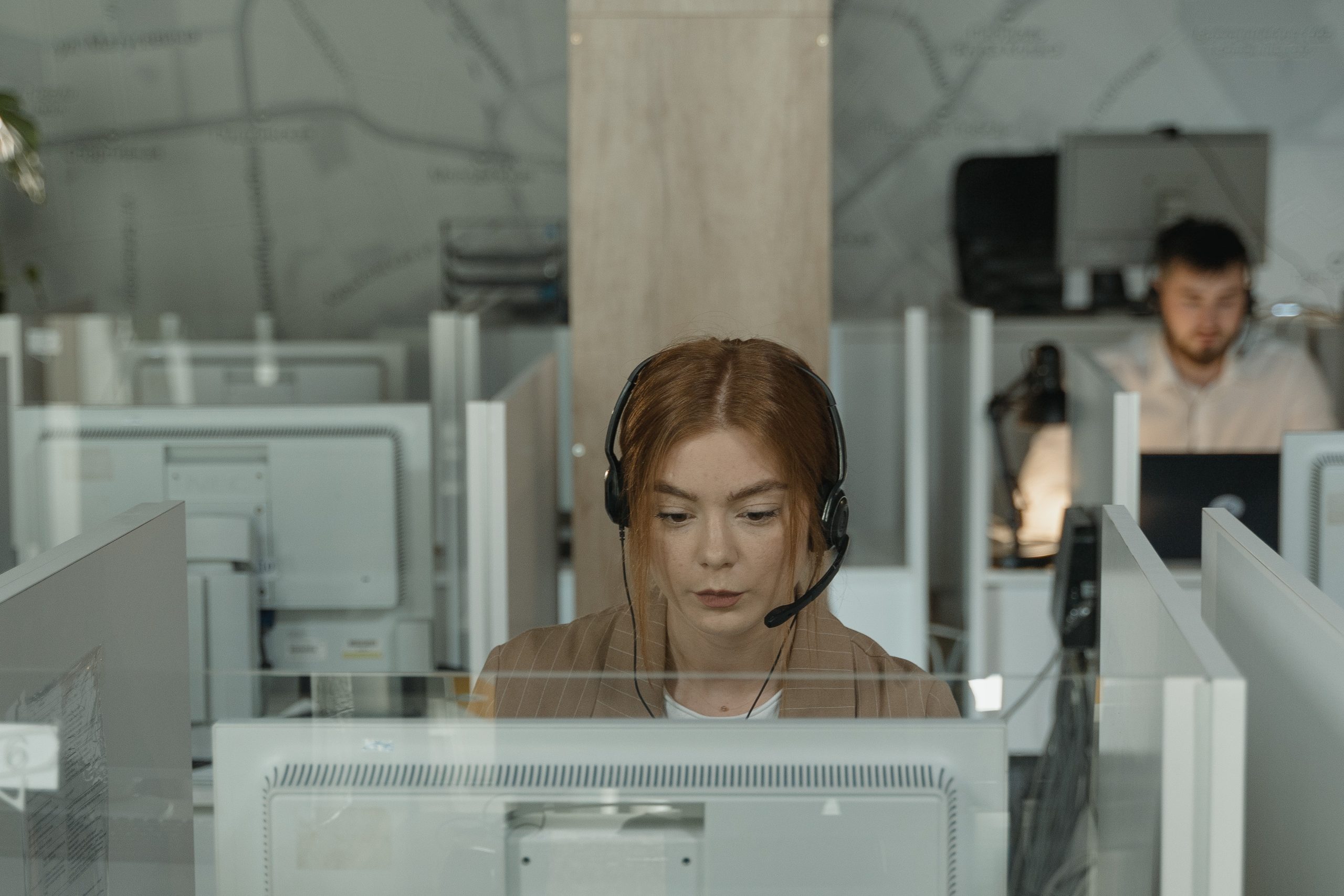



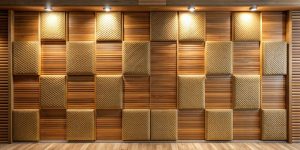
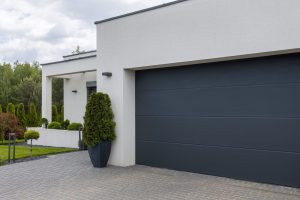
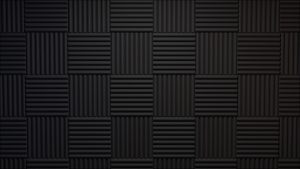
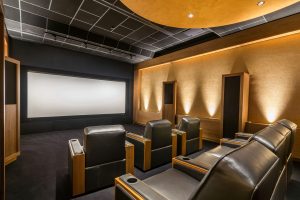



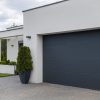





Leave a reply
You must be logged in to post a comment.